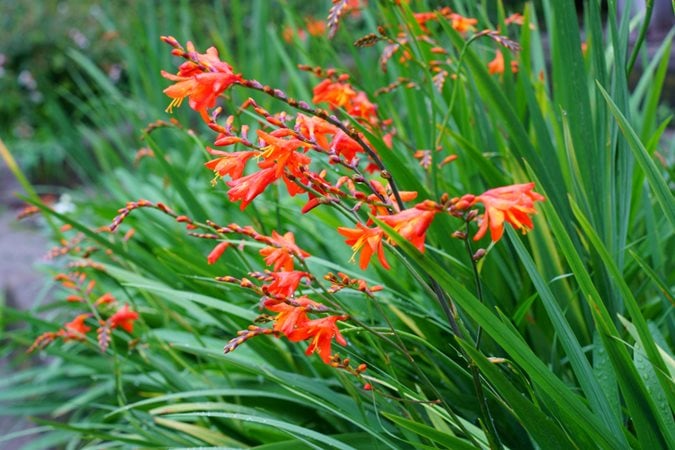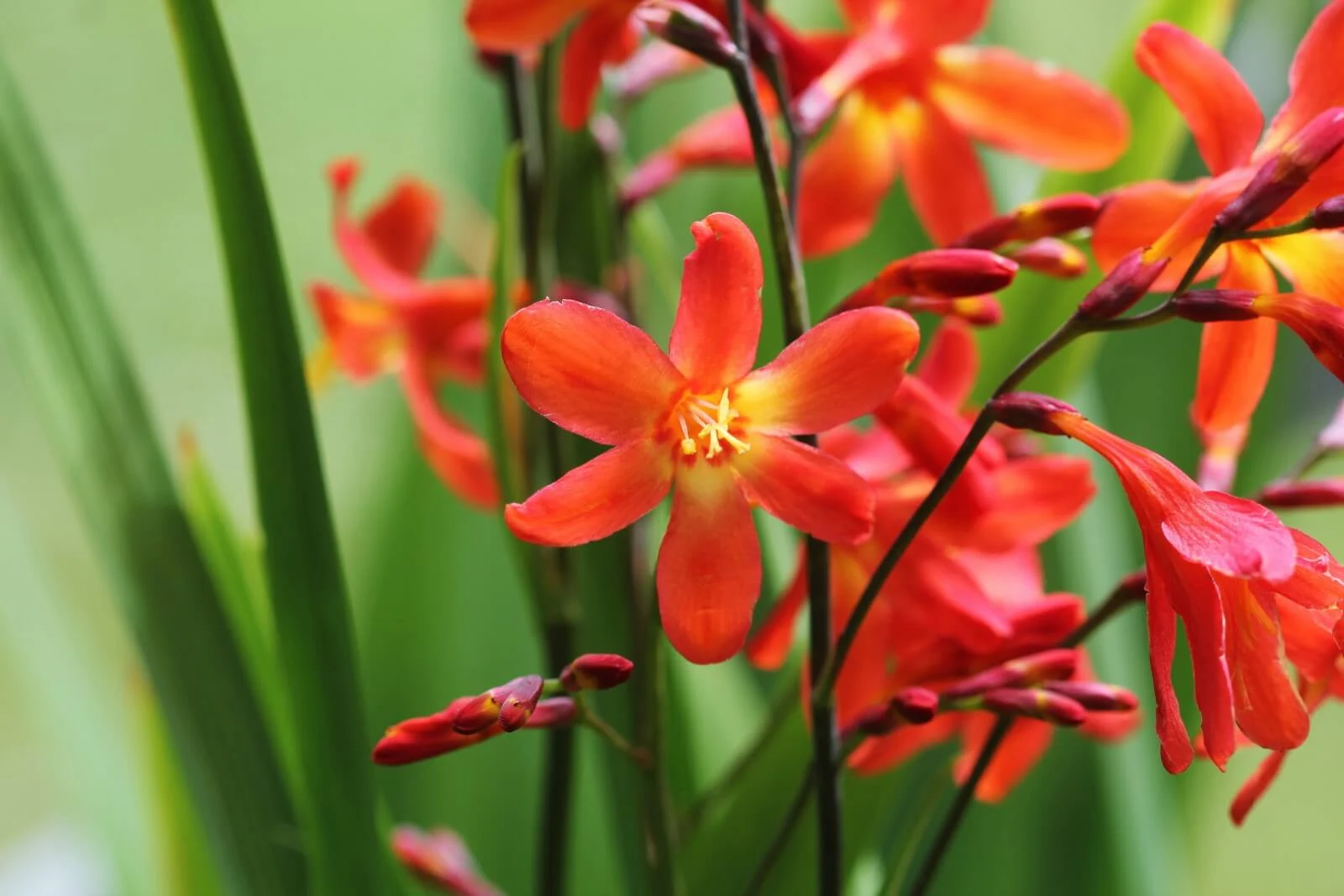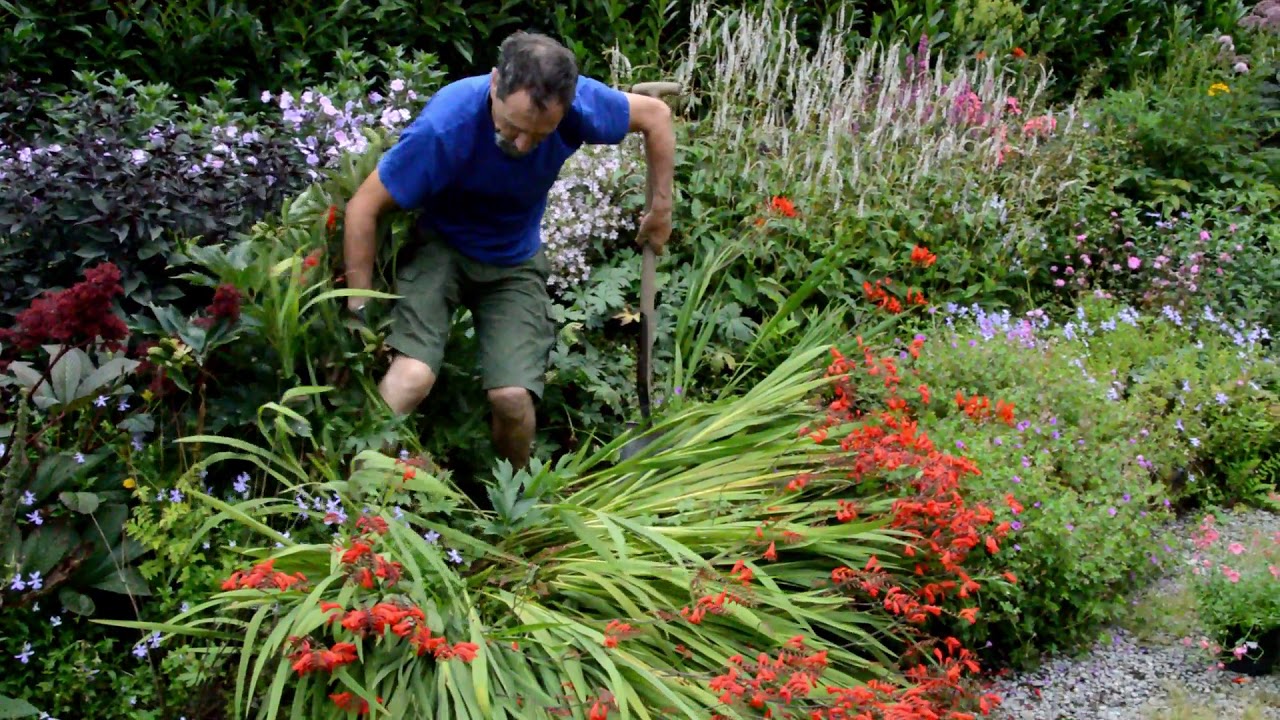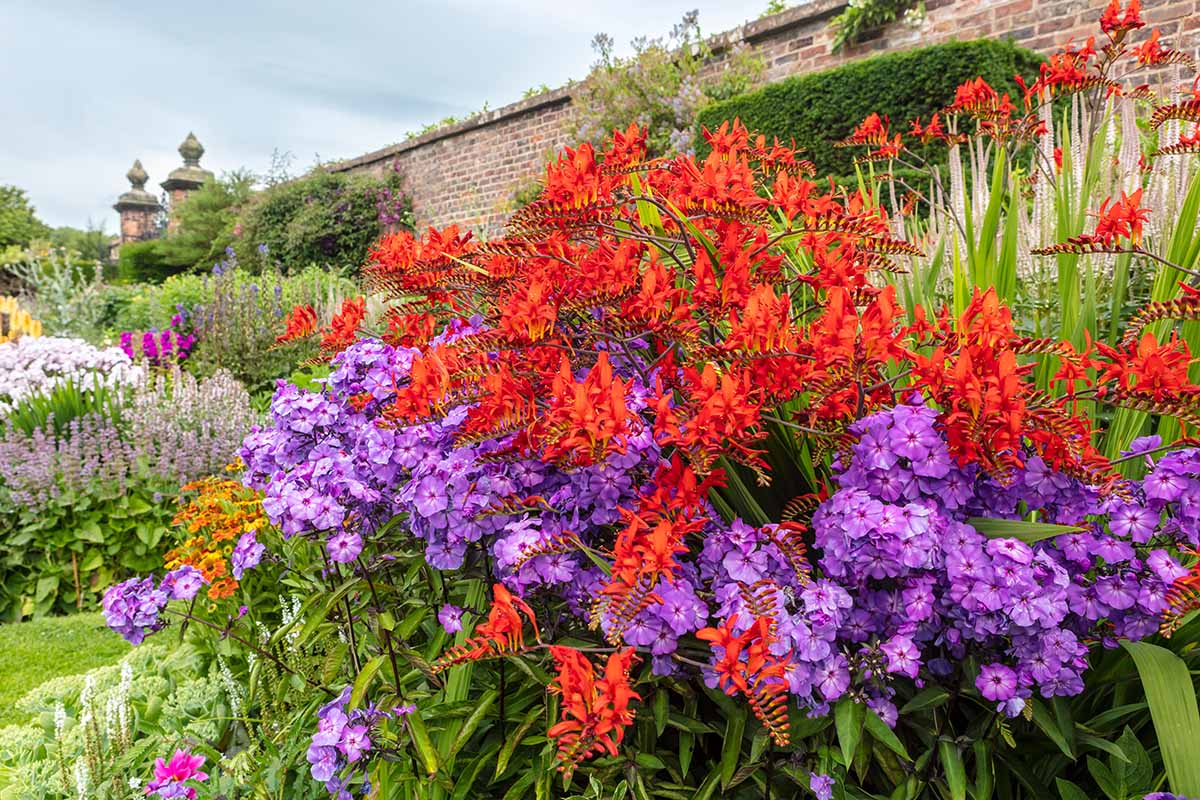Table of Contents
Taking care of your garden involves knowing the right time to trim crocosmia, a stunning plant also known as montbretia. These lively flowers can brighten up your garden, but they need some maintenance to stay healthy. We’ll explain when to prune your crocosmia to help them grow better and produce more beautiful blooms.
Timing is crucial; cutting them at the wrong time can harm them. We’ll cover the best seasons for pruning and the tools you’ll need. Whether you’re a seasoned gardener or a beginner, we’ll make it easy to follow how to care for your crocosmia.
So, if you want your garden to showcase the beauty of crocosmia, find out when to cut plant crocosmia to avoid crocosmia, not floweringissues. Let’s Start to upgrade your garden into a colorful place!
What is Crocosmia?
Crocosmia, also called montbretia, is a beautiful plant that grows tall and has attractive flowers. It originally comes from South Africa but is now grown in gardens worldwide because it looks amazing and isn’t too hard to care for. Crocosmia usually reaches 2 to 4 feet in height, which makes it great for adding some height and beauty to your garden.
When to Cut Crocosmia

1. Wait for Foliage to Die Back
When you see the Crocosmia leaves turning yellow or brown and starting to droop, it’s time to do something about it. Get some clean and sharp scissors. Carefully trim off the dead leaves. Make sure you cut them all the way down to the bottom of the plant, but don’t cut into the bulbs. This step is really important to keep your Crocosmia healthy and looking good.
By removing the dead leaves, you help the plant use its energy for growing bulbs and future growth instead of wasting it on dying leaves. Doing this the right way keeps your Crocosmia lively, and it’ll reward you with beautiful new flowers in the next growing season.
2. Cut Back Dead Foliage
Once you’ve observed the Crocosmia foliage turning yellow or brown and beginning to wilt, it’s time to take action. Get some clean, sharp scissors or pruning shears. Carefully trim away the dead leaves, making sure to cut them all the way down to the bottom of the plant, but don’t cut into the bulbs. This step is super important for keeping your Crocosmia healthy and looking good.
By removing the dead leaves, you stop the plant from wasting energy on them and help it focus on growing its bulbs and preparing for future growth. Properly trimming your Crocosmia will keep it lively and ready to bloom beautifully in the next growing season.
Benefits of Cutting Back Crocosmia

1. Maintaining Plant Health
Trimming Crocosmia, which is also called montbretia, is crucial for keeping these beautiful flowering plants healthy. Crocosmia plants have sword-shaped leaves and bunches of stunning trumpet-shaped flowers in red, orange, and yellow shades. To make sure your Crocosmia plants stay in good shape for the long run, it’s vital to cut them at the correct time. This trimming process removes any dead or unhealthy leaves that could attract pests or diseases, promoting the overall health of the plants.
2. Encouraging New Growth and Blooms
Trimming Crocosmia plants is essential for making them grow better and have more beautiful flowers. These plants usually bloom in the middle or end of summer. However, if you don’t care for them, their flowers may not look as nice over time. To help them grow, cut off the old flower stems and trim the leaves after they bloom. This will make the plants grow new shoots and flowers, making them look even better in the next growing season.
Techniques for Cutting Back Crocosmia

Trimming Crocosmia plants is essential for keeping them healthy and looking good. The ideal time to cut them is during late autumn or early winter, usually after the first frost has occurred. Here are the steps to prune them effectively.
1. Wait for Dormancy
Allow your Crocosmia plants to enter a rest period naturally. This typically occurs after the first frost when the leaves turn brown and wither. This signals that the plant has stored energy in its underground corms for the upcoming growth season.
2. Trim Dead Foliage
Get some clean and sharp pruning shears or scissors. Use them to trim away any dead or brown leaves, cutting them all the way down to the ground. Be sure to be gentle to avoid harming the bulb-like structures under the soil.
3. Thin Out Crowded Clumps
If your Crocosmia plants are too crowded, it’s a good idea to split them now. Lift the whole bunch of the. Separate the bulb-like parts, and then put them back in the ground with enough space between each one. This will help them get more fresh air and stay healthier by avoiding diseases.
Conclusion
The key to a flourishing garden with lively Crocosmia blooms is understanding when to trim them. Timing is important; wait until late summer or early fall when the colorful flowers have faded.
Cutting not only keeps your garden looking neat but also gives new growth. Don’t skip mulching to shield the bulbs from harsh winter weather. As your Crocosmia plants grow, consider dividing them every few years to prevent overcrowding flowers.
If you live in colder regions, give extra care in winter to protect your Crocosmia. You’ll keep your Crocosmia plants healthy and your garden colorful. Knowing when to care for your plants is the key to successful gardening.





